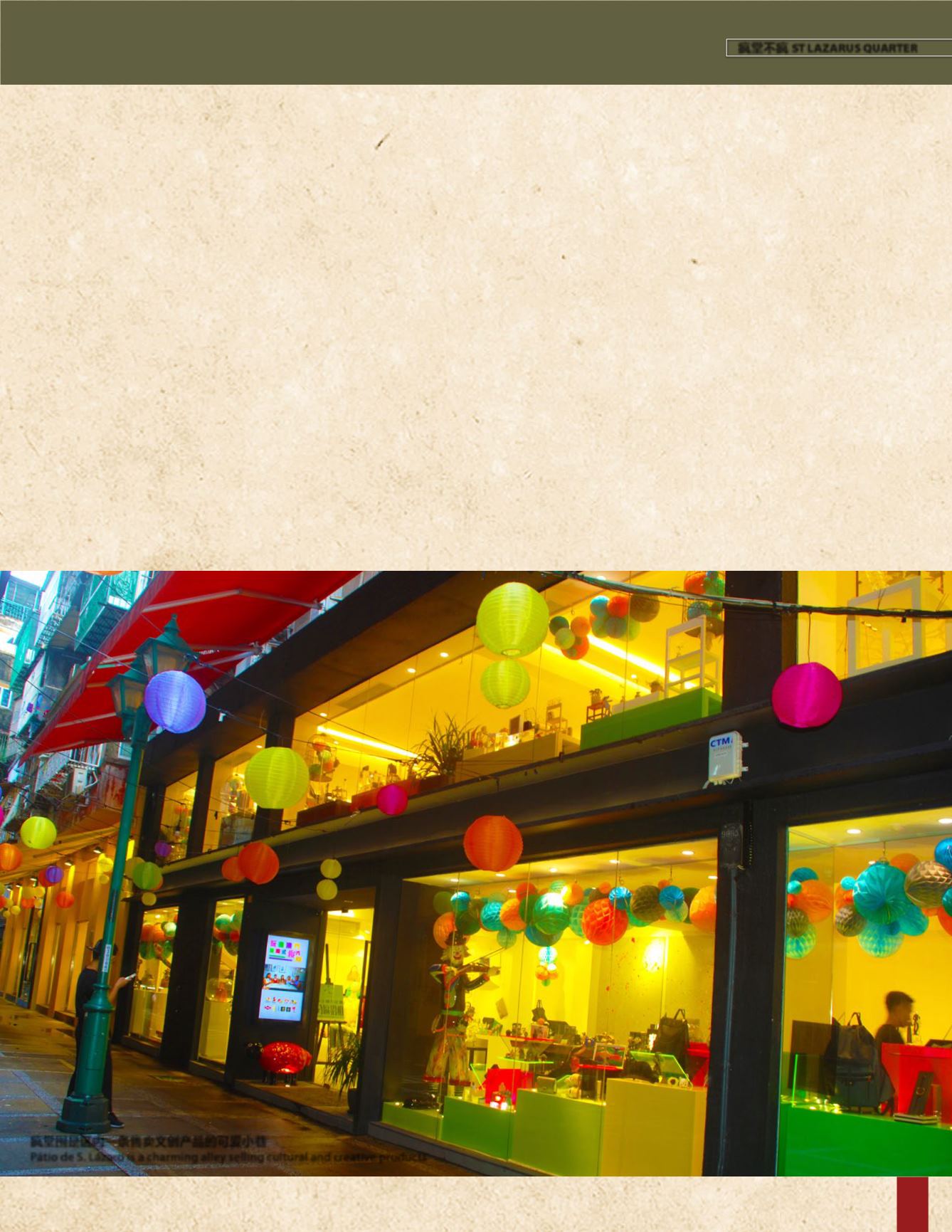
aFrenchnoble family in the13thcentury.Hewasmarked frombirthbya
redcrossonhischest.At theageof12,hisparentsbothdiedandhe lived
withhisuncle,aDuke.
AlthoughRoch inherited a significant fortune fromhis parents,
hewasnotgreedyaboutwealth. Instead,hespreadwealth to thepoor
andwentonapilgrimage toRome.Whenhearrived innorthern Italy,
therewasanoutbreakofplaguebut althoughhewas justpassingby
hedidnothurryaway. Instead, he stayed tohelpvictims in thename
ofChrist.Manypatients fully recoveredbecauseof hisgoodcareand
intercession, but unfortunatelyhe contracted theplaguehimself.
In order to avoid burdening others, Roch ran off to live in
seclusion in a cave. A dog brought bread to him every day and he
recovered without any medication or treatment. After that, Roch
ventured back to his hometownwhere he was accused of being a
spy and imprisoned for five years.Whenhedied, ablue light shined
in his cell. Due to his experience, Roch has been called the patron
saint against plague. His sacred image was accompanied by a dog
withbread in itsmouth. RuadeSãoRoque inSt LazarusQuarterwas
alsonamedafter him.
In2003,manyplaceswereaffectedby theSARSepidemic. Even
though thestartingareaShunDe,Guangdongand theoutbreakarea
Hong Kongwere close toMacau, therewas only one imported case
found inMacau. It’s said that this isbecause theMacau faithfulwent
toSt LazarusChurch topray toSaint Roch.
“Self-combingwomen” believing inGod
In the past, the St Lazarus Church area was inhabited by the
Chinese Catholics. The Portuguese missionaries initially used
Macau as a base formissions tomainlandChina. Towards the end
of the Qing Dynasty, Boxer Rebellion fighters in China started to
wipe out heretics all around. At that time, Father Augustin led a
group of followers who fled to Macau and settled in St Lazarus
Quarter outside of the city walls. Since then, more and more
Chinese Catholics have lived here. St Lazarus Church became the
first Chinese church inMacau.
The Chinese Catholic believers under the repression of the
Qing government had their own set way of life. At that time, some
Chinese used Portuguese names to be baptized in order to avoid
investigation by the Qing government. A group of “self-combing
women”thatcombined theGuangdongcustomsandCatholicbeliefs
also appeared. The term “self-combing” originated from Shunde,
Guangdong. These womenwere different from others in that they
vowed to remainunmarried throughout their lives. Theywere called
zishunüor“self-combingwomen”because theydeclared their status
as permanently unmarried through a rite which involved combing
their hair into a bun similar to that of amarriedwoman. They lived
togetherwithother like-minded“self-combingwomen.”
These Chinese women didn’t want arranged marriages and
they were also influenced by the tradition of Catholic nuns not to
marry. However, they were different than foreign nuns in terms of
lifestyle and language. They participated in Catholic “self-combing”
ritesandvowednot tomarry for life to serve theLord.This ceremony
is not like the Chinese tradition of vowing to Buddha in temples.
Instead, they swear toGod in St Lazarus Church. Thesewomen lived
together in a compound known as “Old Ladies House” to the right
of the church. They participated on an equal footingwith themale
believers inchurchaffairs,prayed for thedyingandhelpedwithburial
ceremonies. Theywerewidely respectedbypeople in thearea.
47
WGM#43 2016年9月/10月 |
WGM#43Sep/oct2016
疯堂围是区内一条售卖文创产品的可爱小巷
PátiodeS. Lázaro isacharmingalleysellingcultural andcreativeproducts
疯堂不疯
STLAZARUSQUARTER


